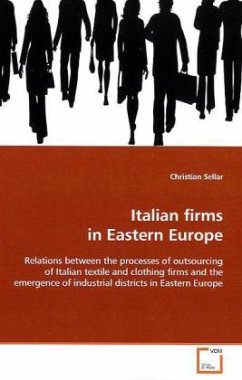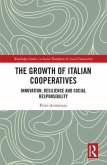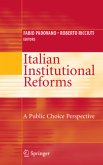From an economic standpoint, the enlargement of the
European Union means much more than commercial and
political integration. It also means a merger and re-
working of pre-existing production networks and
structures, dating back to the 1970s and 1980s. This
work focuses on a more recent case of such expansion
of networks and structures: the outsourcing of
clothing and textile industries from industrial
districts in Italy to Eastern Europe. It builds upon
examples from four case study areas in Eastern
Europe and the Former Soviet Union. It shows how
Italian firms progressed from a light form of
involvement, such as subcontracting,
towards deeper involvement, such as joint ventures
and foreign direct investments. In doing so, it
argues that the enlargement of the European Union
has shaped the patterns of Italian investments.
Comparing the work of Italian textile and clothing
firms in areas that joined the EU in 2004
(Slovakia), 2007 (Romania and Bulgaria) and non
candidates for EU membership (Ukraine) this research
shows the ways in which institutional change
influenced the patterns and strategies of Italian
investments in the region.
European Union means much more than commercial and
political integration. It also means a merger and re-
working of pre-existing production networks and
structures, dating back to the 1970s and 1980s. This
work focuses on a more recent case of such expansion
of networks and structures: the outsourcing of
clothing and textile industries from industrial
districts in Italy to Eastern Europe. It builds upon
examples from four case study areas in Eastern
Europe and the Former Soviet Union. It shows how
Italian firms progressed from a light form of
involvement, such as subcontracting,
towards deeper involvement, such as joint ventures
and foreign direct investments. In doing so, it
argues that the enlargement of the European Union
has shaped the patterns of Italian investments.
Comparing the work of Italian textile and clothing
firms in areas that joined the EU in 2004
(Slovakia), 2007 (Romania and Bulgaria) and non
candidates for EU membership (Ukraine) this research
shows the ways in which institutional change
influenced the patterns and strategies of Italian
investments in the region.








